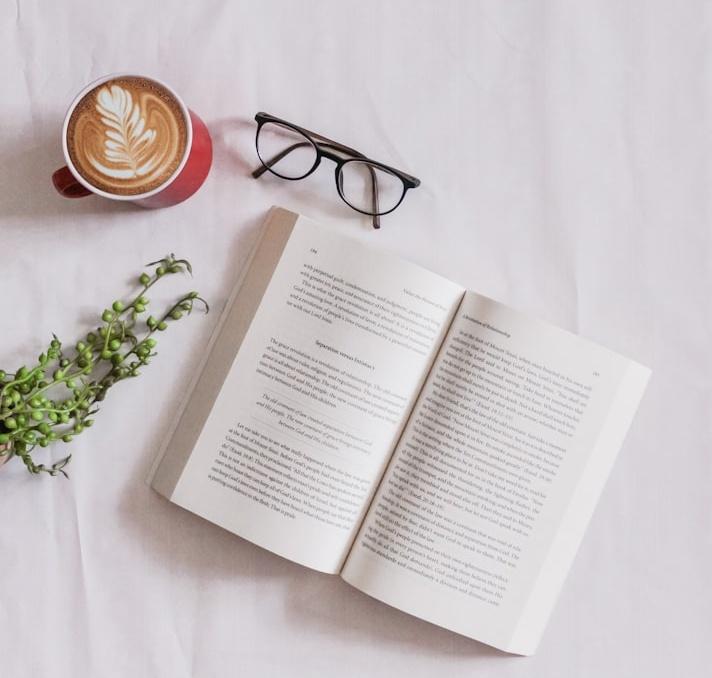A warm cup of tea, a notebook by your side, and a beloved book written in your target language. This is not just relaxation — it’s language learning at its finest.
In this blog post, I’ll share how I personally connect reading with language learning — a combination that’s not only effective but deeply comforting. If you're a book lover and a language learner, this might become your new favorite habit.
In this blog post, I’ll share how I personally connect reading with language learning — a combination that’s not only effective but deeply comforting. If you're a book lover and a language learner, this might become your new favorite habit.
How I Learn Languages Through Reading: A Cosy System That Works

📚 1. WHY READING HELPS LANGUAGE LEARNERS SO MUCH
Reading is one of the most natural and rich ways to absorb a language. When you read, you’re surrounded by:
▪️Vocabulary in context,
▪️Naturally structured sentences,
▪️Grammar patterns without any pressure,
▪️Idioms and expressions you might not find in a textbook.
If you're a visual learner, this method is especially powerful. You’ll start recognizing how words live in real language, not just isolated lists.
Of course, classic books won’t teach you modern slang — but that’s easy to fix! Just grab a light contemporary novel or a YA romance, and you’ll pick up plenty of everyday vocabulary and phrases. And the best part? It doesn’t feel like studying.
Reading is one of the most natural and rich ways to absorb a language. When you read, you’re surrounded by:
▪️Vocabulary in context,
▪️Naturally structured sentences,
▪️Grammar patterns without any pressure,
▪️Idioms and expressions you might not find in a textbook.
If you're a visual learner, this method is especially powerful. You’ll start recognizing how words live in real language, not just isolated lists.
Of course, classic books won’t teach you modern slang — but that’s easy to fix! Just grab a light contemporary novel or a YA romance, and you’ll pick up plenty of everyday vocabulary and phrases. And the best part? It doesn’t feel like studying.
LanguageEasy Newsletter
Subscribe to LanguageEasy Newsletter to receive updates, language learning tips and more :)
(❗sometimes e-mails may come to your spam box - be attentive and get a newsletter out of it 😉)
(❗sometimes e-mails may come to your spam box - be attentive and get a newsletter out of it 😉)


